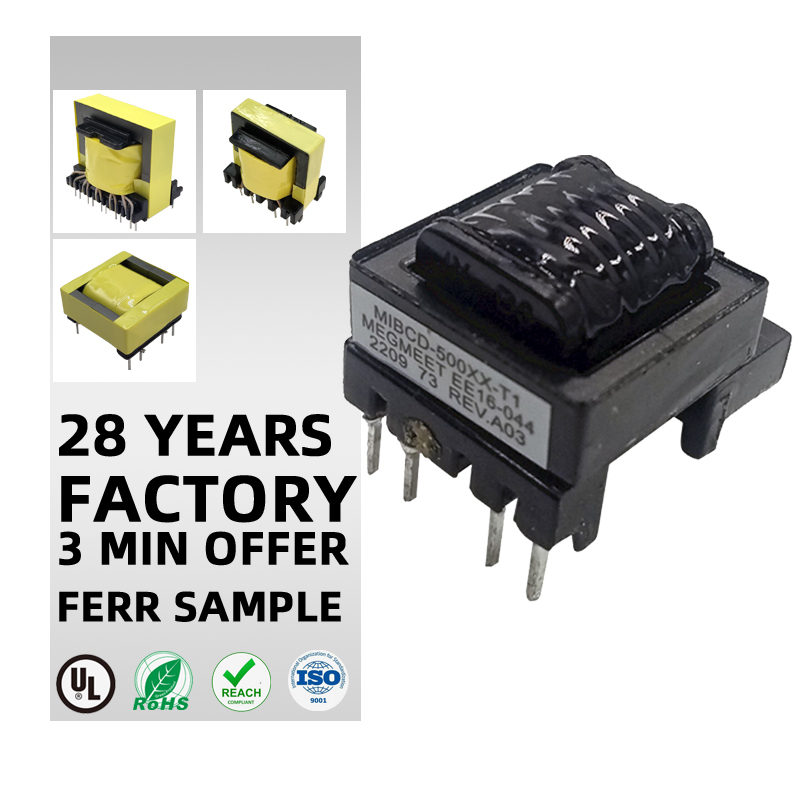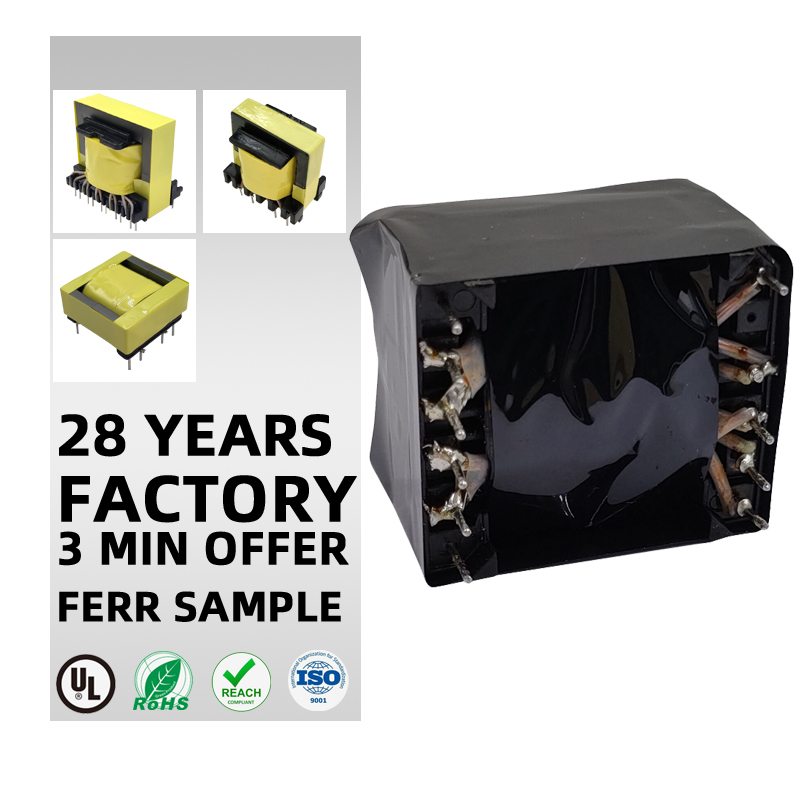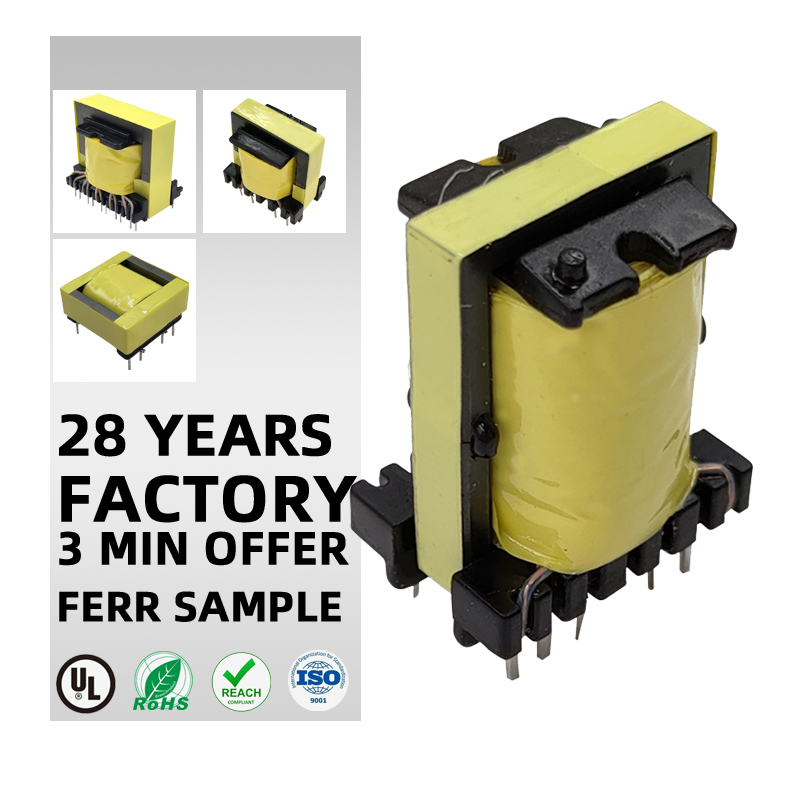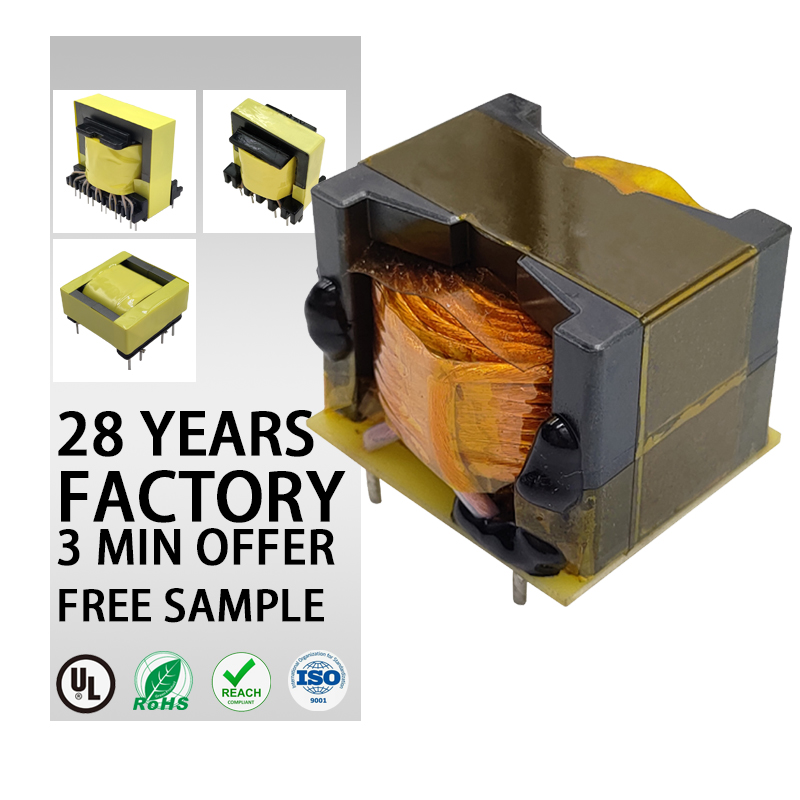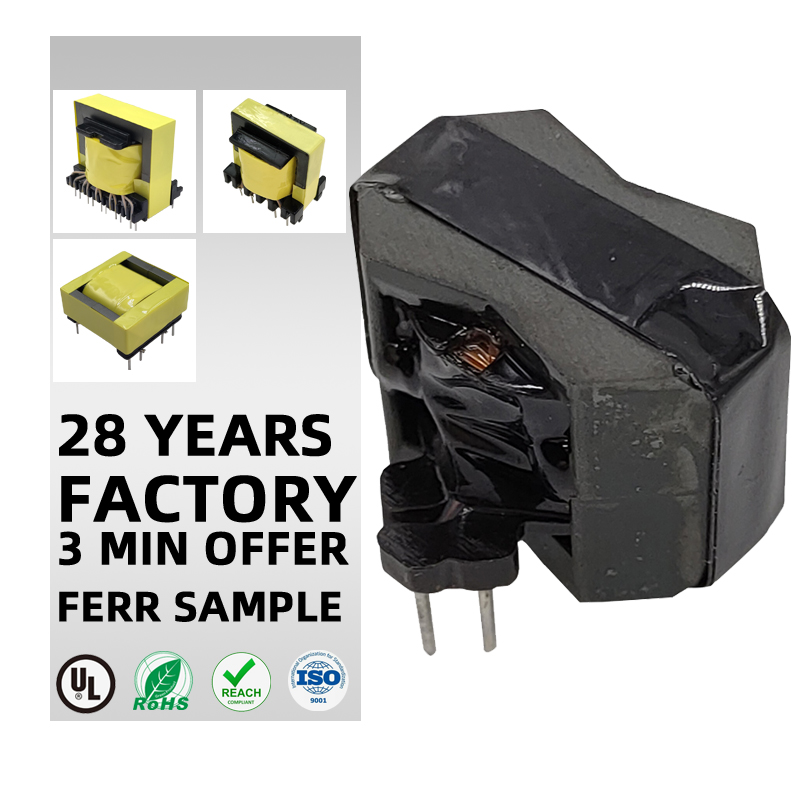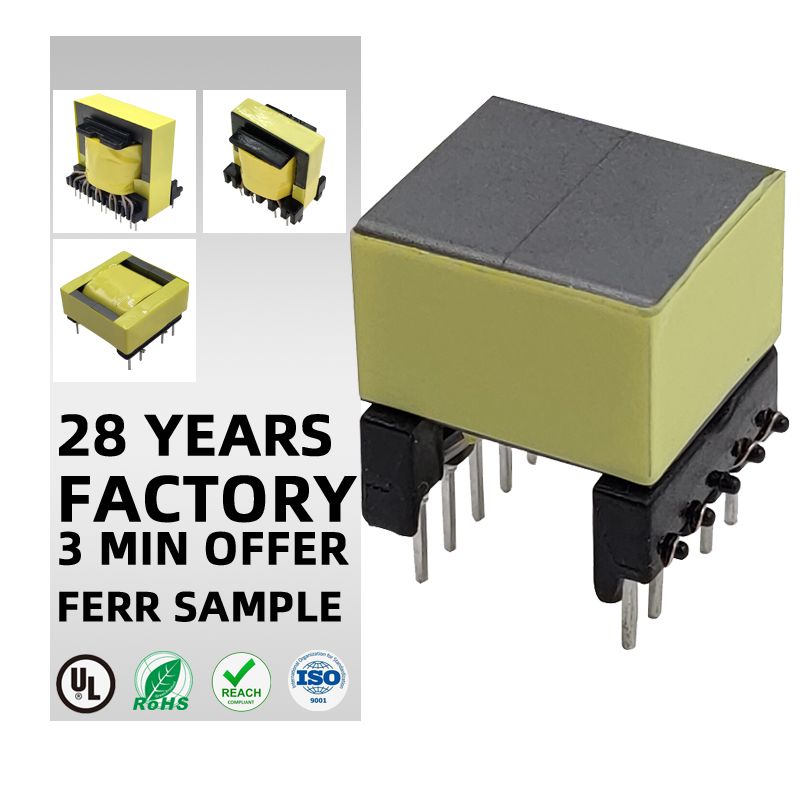How do power transformers work?
Power transformers work based on the principle of electromagnetic induction, allowing them to transfer electrical energy between different voltage levels while maintaining the same frequency. Here's a step-by-step explanation of how power transformers operate:
1. Basic Structure:
- Core: A power transformer has a magnetic core made of laminated steel sheets. The core provides a path for the magnetic flux and is designed to minimize energy losses.
- Windings: The transformer has two or more coils of wire, known as windings, which are wrapped around the core. The primary winding is connected to the input voltage, while the secondary winding is connected to the output. The number of turns in these windings determines the voltage transformation.
2. Electromagnetic Induction:
- AC Supply: When an alternating current (AC) flows through the primary winding, it generates a magnetic field around the winding. Because the current is alternating, the magnetic field also alternates, expanding and collapsing with the current's changes.
- Magnetic Flux: This alternating magnetic field induces a magnetic flux in the core. The core concentrates the magnetic flux, guiding it through the secondary winding.
3. Voltage Transformation:
-
Induced EMF: According to Faraday's Law of Electromagnetic Induction, the changing magnetic flux in the core induces an electromotive force (EMF) in the secondary winding. The magnitude of this induced EMF depends on the number of turns in the secondary winding relative to the primary winding.
-
Voltage Ratio: The ratio of the number of turns in the primary winding (N1N_1N1) to the number of turns in the secondary winding (N2N_2N2) determines the voltage transformation ratio. If V1V_1V1 is the input voltage and V2V_2V2 is the output voltage, then:
V1V2=N1N2\frac{V_1}{V_2} = \frac{N_1}{N_2}V2V1=N2N1 -
Step-Up and Step-Down:
- If N2>N1N_2 > N_1N2>N1, the transformer is a step-up transformer (output voltage is higher than input voltage).
- If N2<N1N_2 < N_1N2<N1, the transformer is a step-down transformer (output voltage is lower than input voltage).
4. Power Transfer:
-
Conservation of Power: Ideally, the power input to the transformer equals the power output, minus any losses. This means the product of voltage and current in the primary winding is equal to the product of voltage and current in the secondary winding:
-
Current Ratio: As a result of the voltage transformation, the current in the secondary winding (I2I_2I2) is inversely proportional to the current in the primary winding (I1I_1I1):
5. Efficiency and Losses:
- Core Losses: These are caused by hysteresis and eddy currents in the core material. Laminating the core helps reduce these losses.
- Copper Losses: These occur due to the resistance of the windings and are proportional to the square of the current. High-quality copper and efficient winding designs help minimize these losses.
- Leakage Flux: Not all magnetic flux is confined to the core; some leaks outside, causing a small loss of efficiency. This is mitigated by proper design and insulation.
6. Cooling and Insulation:
- Cooling: Power transformers generate heat due to losses, and they often require cooling systems to maintain optimal operating temperatures. Cooling methods can include air cooling, oil cooling, or even forced cooling with fans or pumps.
- Insulation: Insulation between windings and between the windings and the core is crucial to prevent short circuits and ensure safe operation. Insulating materials must withstand high voltages and temperatures.
7. Tap Changers:
- Voltage Regulation: Some transformers are equipped with tap changers, which allow the adjustment of the number of turns in the winding, thereby adjusting the output voltage. This is useful for maintaining stable voltage under varying load conditions.
8. Operation in the Grid:
- Primary Role: In the electrical grid, power transformers are primarily used to step up the voltage for efficient transmission over long distances and to step down the voltage for safe distribution to end users.
- Bidirectional Power Flow: In many cases, especially in modern grids, transformers can operate in both directions, allowing power to flow either way depending on the grid's needs.
In summary, power transformers work by using the principles of electromagnetic induction to transfer electrical energy between circuits at different voltage levels, facilitating the efficient transmission and distribution of electricity.
-
E-MAIL: pxsales3@goldeneagle-cn.com
Phone: +86-18979985376
NAME: JUDY


